Organizational Development Specialists
Organizational Development Specialists
In the heart of downtown Chicago, a sleek, glass-walled skyscraper stood as a symbol of corporate ambition and success. On the twenty-fifth floor of this towering workplace, a seasoned business consultant with a robust background in finance, was about to embark on a pivotal mission. He was known not only for his sharp financial acumen but also for his unique ability to translate complex concepts into actionable strategies. He needed to reach the team of executives that sat before him in their Tom Ford looking suits and incredulous glances.
Today was the launch meeting with the executive team of a rapidly growing tech company struggling to scale its operations efficiently. The company’s CEO had specifically sought out this business consultant’s expertise based on a recommendation from their corporate attorney. They needed help in navigating this critical juncture. As Matt Wilhelmi entered the state-of-the-art conference room, he was greeted by the executives, each exuding an air of cautious optimism. They’d googled him, read through his blog, watched his YouTube videos, and understood his surgeon-like approach was likely the needed solution to their organizational dilemma.
“Good morning, everyone,” Matt began, his voice manifesting a relaxed confidence that only comes from decades of commanding rooms like this. “I’m excited to be here and to work with you all. I understand that your organization is at a crossroads, and my goal today is to shed some light on how we can move forward through a concept called organizational development.“
The executives leaned in, eager to hear more. Matt continued, “Simply put, organizational development, or OD, is a systematic approach to improving an organization’s effectiveness and capacity to achieve its goals. It involves aligning strategy, structure, people, and processes. But let me break it down into more tangible terms for you.“
He clicked a button on his remote, and a slide displaying a dynamic flowchart appeared on the screen. “Imagine your organization as a living organism. Just like a human body needs all its systems to work in harmony to function optimally, a company needs its departments and teams to work cohesively.“
The COO, Mark, raised an eyebrow. “So, you’re saying it’s about making sure everyone gets along? I’m not sure I have time for this today.” He stated quickly and looked around the room to gauge if everyone felt as strongly as he did that he wasn’t in the mood for another time wasting meeting.
Matt gave a tight and assured look. “Not quite, Mark. It’s about more than just harmony. But I assure you that we’ll need everyone onboard for this to work. Organizational development is about ensuring that every part of the organization is aligned with your strategic goals. This means having the right structures in place, fostering a culture that supports innovation and collaboration, and continuously improving processes.”
He paused to let this sink in, then added, “For instance, let’s consider your current challenge: scaling operations. This isn’t just about hiring more people or increasing production. It’s about examining your existing processes and identifying inefficiencies. It’s about ensuring that your teams are not just working harder but working smarter.“
The CEO, Olivia, gave Mark a look that Matt couldn’t see, but saw that Mark immediately sat up a little straighter in his chair before Olivia returned her attention to Matt standing at the front of the room. Then, nodded thoughtfully. “So, how do we start?“
Matt replied, “The first step is diagnosis. We’ll conduct a thorough assessment of your organization’s current state. My proprietary approach provides deep insights into organizational effectiveness through the collection of qualitative data. This involves gathering data through surveys, interviews, and observations to understand the underlying issues. Once we have a clear picture, we can develop a tailored action plan.“
Matt switched to the next slide, which outlined a phased approach. “We’ll begin with a diagnostic phase, followed by planning and implementation. Throughout this process, we’ll focus on continuous feedback and adjustment to ensure we’re on the right track.“
The CFO, Emma, chimed in. “And what role does finance play in this?“
“Great question, Emma,” Harper said. “Finance is integral to OD. I work with the finance team to determine the status of operations there and see what KPIs have been used up to this point to ensure they’re the proper KPIs we’ll want to measure moving forward. I also want to ensure that any changes we propose are financially viable. Moreover, we’ll look at how financial incentives and rewards can be aligned with performance goals to drive the desired behaviors within the organization.“
As the meeting progressed, Harper’s clear and relatable explanations began to dissolve the initial skepticism in the room. The executives started to see the potential of organizational development not just as a theoretical concept but as a practical pathway to their company’s growth and success.
By the end of the session, Olivia stood up, a determined look in her eyes. “Matt, you’ve given us a lot to think about. I believe this is exactly what our organization needs. Let’s move forward with the diagnostic phase.”
Matt smiled, feeling a familiar sense of purpose. “I’m glad to hear that, Olivia. Together, we’ll make your organization not just bigger, but more efficient.”
What is Organizational Development?
In short, organizational development is a structured approach to increasing operational capacity through systems integration. This is work I’ve done for years, and through my graduate degree in Industrial Organizational Psychology, I’ve discovered the science-based approach to solving organizational issues.
Most of the engagements I’ve worked on have been through a structured approach and the net result was an increase in organizational functionality which is represented through more revenue and profit while maintaining a similar overhead figure.
How does this happen?
Many of the organizations I work with have some financial reporting but their CFO, controller, VP of finance, CPA, or bookkeeper doesn’t either have the expertise or the knowledge to show how tweaking processes, integrating systems, and installing structure can improve organizational performance.
How do you measure this?
Each organization tends to measure organizational performance differently. However, when you think about it in terms of increasing organizational capacity, you can begin to think about the organization from a different perspective. Essentially, we want to maintain (or in some cases reduce) overhead costs while increasing revenue.
What’s the process?
Many OD Specialists utilize a 7 step process that includes:
- Entering & Contracting
- Diagnostics
- Data Collection & Analyzing
- Feedback
- Designing Interventions
- Leading & Managing Change
- Evaluations & Institutionalization of Change
At Strategic Voyages, we’ve reframed the steps into a 3 step process that takes organizations from Chaos to High Performance.
Stage I: From Chaos to Clarity – We address the firefighting mentality, characterized by crisis management, rampant reactiveness, lack of clear direction, shifting priorities, and frustrated leaders, laying the groundwork for stability with clear goals and alignment.
Stage II: Establishing Stability – Building on the clarity achieved, we focus on setting a stable foundation through defined goals, consistent priorities, well-defined policies, clear roles and responsibilities, and basic management processes like goal-setting and performance reviews.
Stage III: Achieving High Performance – Our ultimate goal is to elevate organizations to a state of high performance, characterized by a clear mission statement, well-defined values that shape culture, respectful and effective communication, high involvement and empowerment, and a work design that supports the mission and values.
Where do you begin?
Because organizational development is an evidence-based and structured process, there needs to be some data collected (measurements taken) at the beginning of an engagement. We take a systematic approach to gathering the same qualitative data from each organization we serve at the onset of an engagement. This helps us to fully analyze the organization and find the root causes of many inefficiencies, determine what specific metrics need to be tracked to show progress, and define what a successful engagement looks like for our clientele.
What outcomes are expected from an engagement?
Strategic Voyages is dedicated to fostering organizational excellence and agility, leveraging IO Psychology principles to enhance leader effectiveness and team cohesion, and creating practical action items for strategic planning, operational optimization, and financial management. Our comprehensive expertise ensures organizations are transforming challenges into opportunities for growth and success with a clear mission, solid stability, and an empowering culture.
Want to get started?
Fill out our contact form and a member of our team will personally reach out to you and discuss next steps.
Are you ready to take your organization to the next level by increasing organizational capacity?

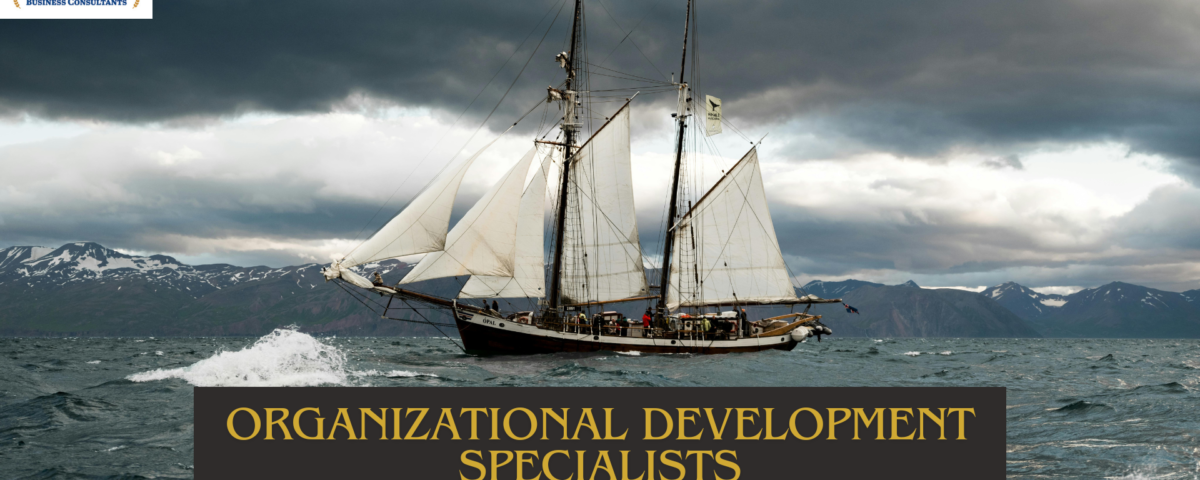
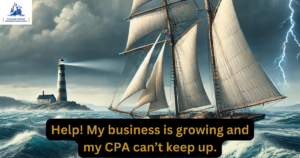
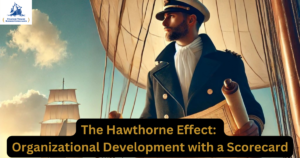
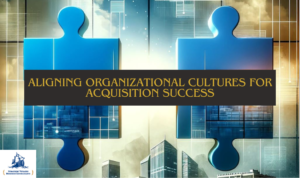
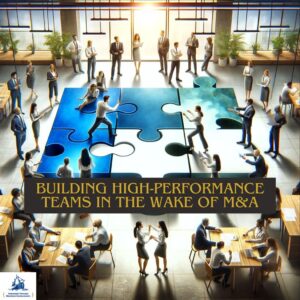
1 Comment
[…] Organizational Development Specialists […]